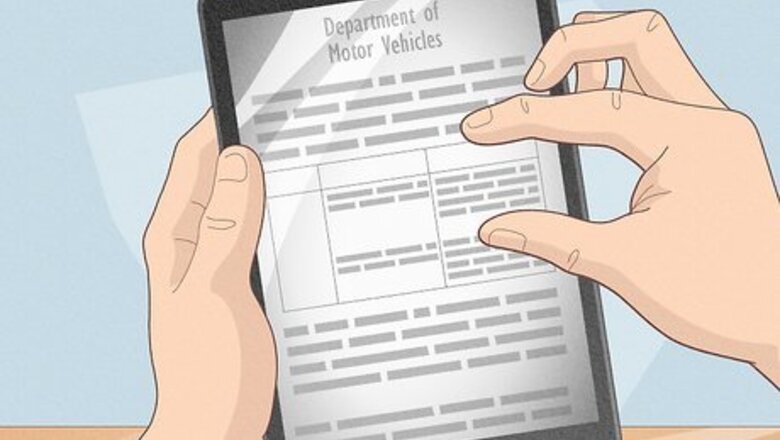
views
Verifying VIN for Sale or Registration
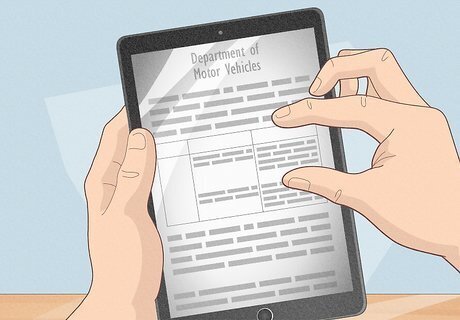
Check your state's requirements. For legal purposes like registration or changing title on a vehicle, the state needs to verify that the VIN on the car is correct. You generally cannot do this by yourself, but you may still have some options. Some states require you to take your car only to the Department of Motor Vehicles. Nevada is one state that uses this system. Some states will allow you to get a verification from a local police station or the DMV. Examples of this are Montana, Massachusetts, or Vermont. Some states have private, licensed VIN verifiers who are more conveniently located, but will charge a small service fee. California and Florida both use this system.
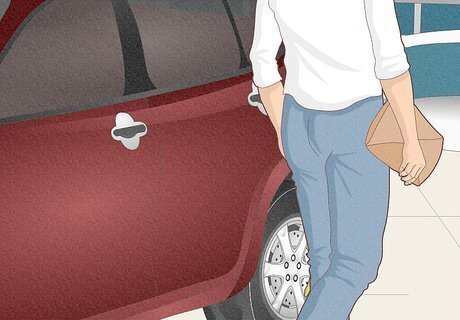
Take the car and paperwork to be verified. Go to the authorized verification center, police station or DMV with the car in question. Call ahead to find out if you can make an appointment. Make sure that you take along whatever paperwork you need to have verified. For example, you may need the car's title and registration, or some states just have a simple form that verifies that the VIN is accurate.
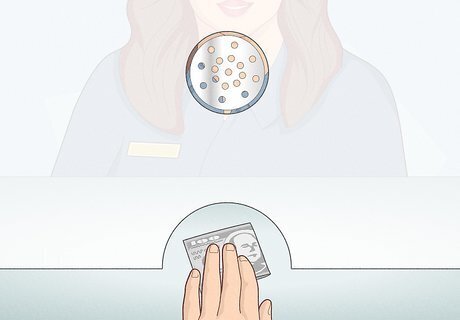
Pay the fee. If you are going to a private verification center, you will need to pay a fee that generally ranges from about $10 to $40 for the verification.
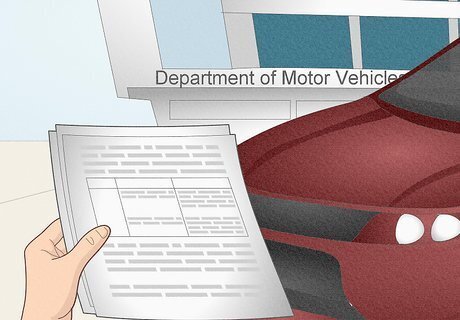
Complete the transaction. Collect the verified paperwork and return it to the Department of Motor Vehicles as required to complete your transaction.
Checking a Car's Theft or Damage History
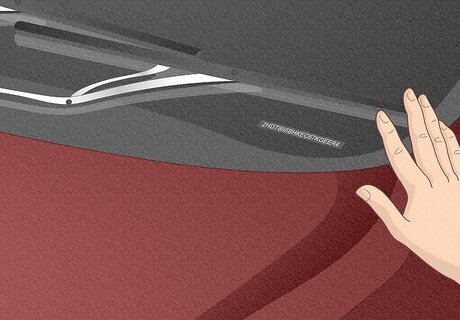
Find the car's VIN. For most cars, you can find the VIN in one or more locations: Look on the dashboard, in the far left corner just under the windshield. It is usually easiest to see this from the outside, looking in the windshield. Look on the front of the engine block. Open the hood and look toward the front of the engine and you should find it on a metal plate. Look in the rear wheel well on the driver's side. The VIN may be located by looking directly up inside the wheel well. Look inside the driver's door, either under the side mirror or at the door handle. The VIN may be located either near where the door latches or directly under the side mirror. Check out https://www.autohausaz.com/html/vehicle_identification_numbers.html for a thorough list with specific VIN locations for each car's make and model.

Use a car theft web site. The two leading official sources for the information you need are the National Motor Vehicle Title Information System (NMVTIS) and the National Insurance Crime Bureau (NICB). The NMVTIS has an official, secure web site, http://www.vehiclehistory.gov/, that will search the VIN and let you know if that car has ever been reported as stolen. The NMVTIS search has a fee that ranges from $3 to $15 and gives you a five-point report of the car's title, prior damage, odometer records, and salvage history. The NICB also has an official, secure site, https://www.nicb.org/theft_and_fraud_awareness/vincheck/vincheck, to check the car's history. The NICB search is free, but provides a limited report that only tells you if the car has ever been reported stolen or a “total loss.”

Enter the VIN. Either search engine will prompt you to enter the VIN for the car you are considering. Be very careful to enter each digit correctly, and then click on “Submit.”
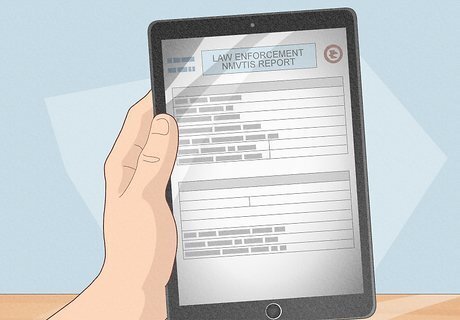
Review your report. Very quickly you will receive a report online that will tell you if the car has ever been reported stolen; if it has ever been reported as a “total loss” due to some damage; or if it has ever been reported as “salvaged.”
Checking Used Car History Before Purchasing
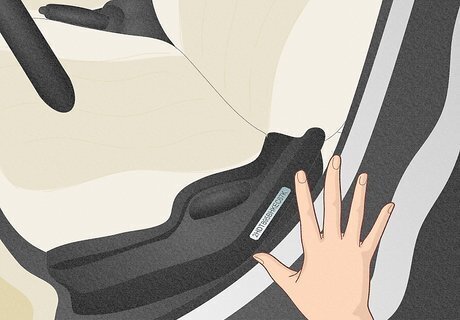
Find the car's VIN. For most cars, you can find the VIN in one or more locations: Look on the dashboard, in the far left corner just under the windshield. It is usually easiest to see this from the outside, looking in the windshield. Look on the front of the engine block. Open the hood and look toward the front of the engine and you should find it on a metal plate. Look in the rear wheel well on the driver's side. The VIN may be located by looking directly up inside the wheel well. Look inside the driver's door, either under the side mirror or at the door handle. The VIN may be located either near where the door latches or directly under the side mirror. Check out https://www.autohausaz.com/html/vehicle_identification_numbers.html for a thorough list with specific VIN location for each car's make and model.

Find an online VIN search engine. Several commercial companies provide online search engines that will check your VIN. These commercial sites are often more comprehensive than official government-sponsored sites, although they may cost more. Some of the leading commercial sites are Carfax.com, Edmunds.com, CarDetective.com or AutoCheck.com.
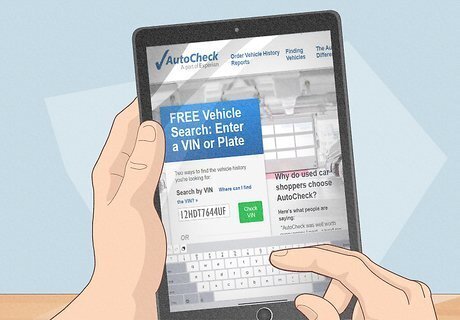
Enter the VIN. Follow the links on the site you have chosen to enter the VIN of the car you are considering. Be very careful to enter each digit correctly.

Enter your payment information. Most commercial sites will charge a fee that ranges from $20 to $50. Some sites will give you a single report for this amount, while some will offer you the option of paying to use their service for several searches or for several months. Choose the option that best suits your needs.

Receive and review your report. The full report will give you identification information, accident history for the car, a check of the odometer reading, and a wider range of reported damage or other issues.
Checking for Recalls
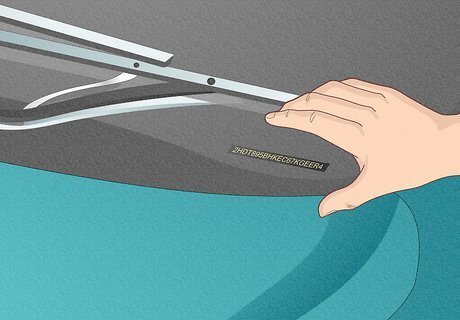
Find the car's VIN. For most cars, you can find the VIN in one or more locations: Look on the dashboard, in the far left corner just under the windshield. It is usually easiest to see this from the outside, looking in the windshield. Look on the front of the engine block. Open the hood and look toward the front of the engine and you should find it on a metal plate. Look in the rear wheel well on the driver's side. The VIN may be located by looking directly up inside the wheel well. Look inside the driver's door, either under the side mirror or at the door handle. The VIN may be located either near where the door latches or directly under the side mirror. Check out https://www.autohausaz.com/html/vehicle_identification_numbers.html for a thorough list with specific VIN location for each car's make and model.
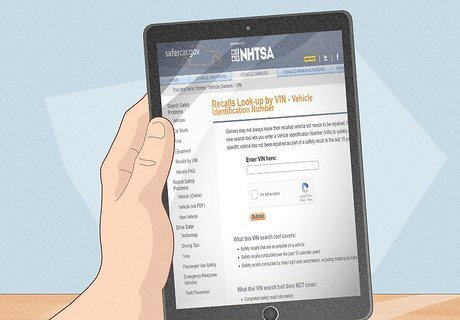
Use the NHTSA recall site online. The National Highway Traffic Safety Administration (NHTSA) web site has a quick and free search to see if your car is subject to any outstanding safety recalls. Go to https://vinrcl.safercar.gov/vin/ to use this service.
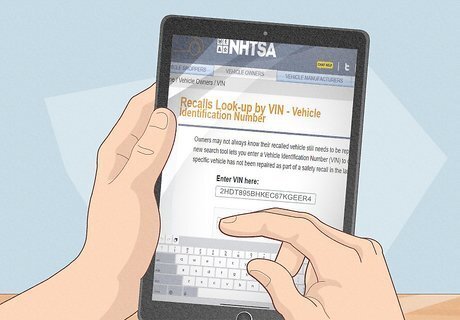
Enter your car's VIN. Be very careful to enter each digit correctly.
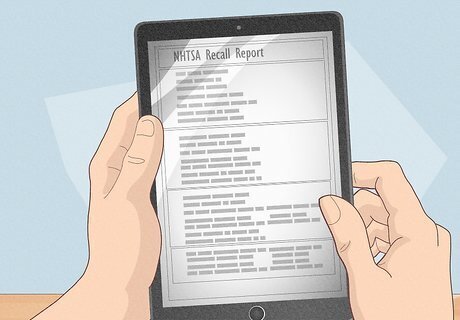
Review your report. The NHTSA search will quickly tell you about any safety recalls, in the past 15 years, that are incomplete on your vehicle.


















Comments
0 comment